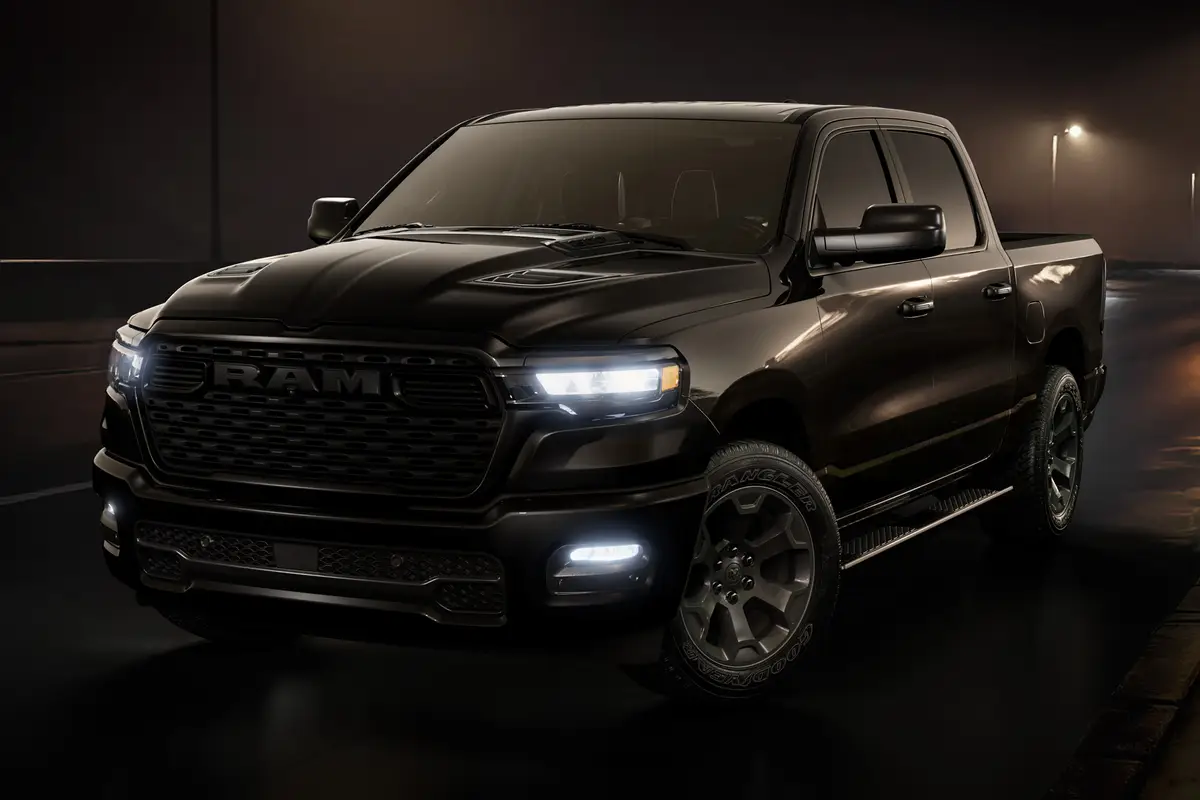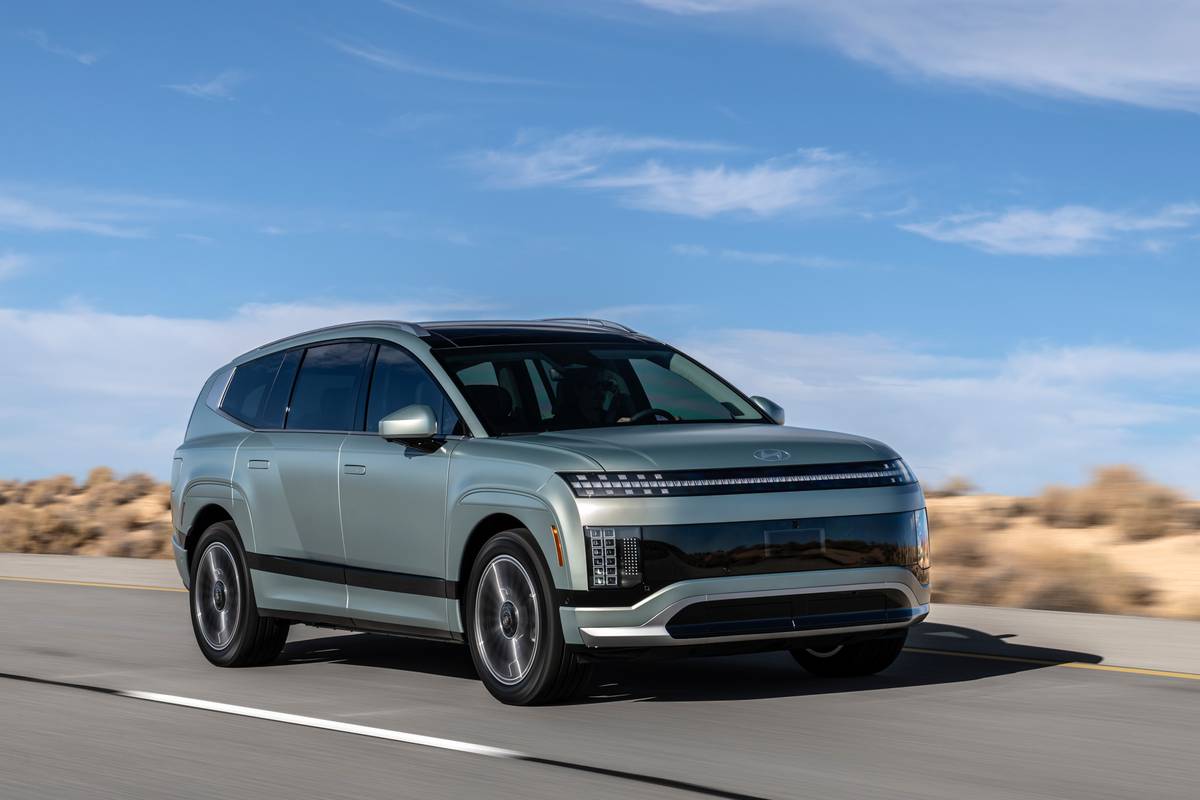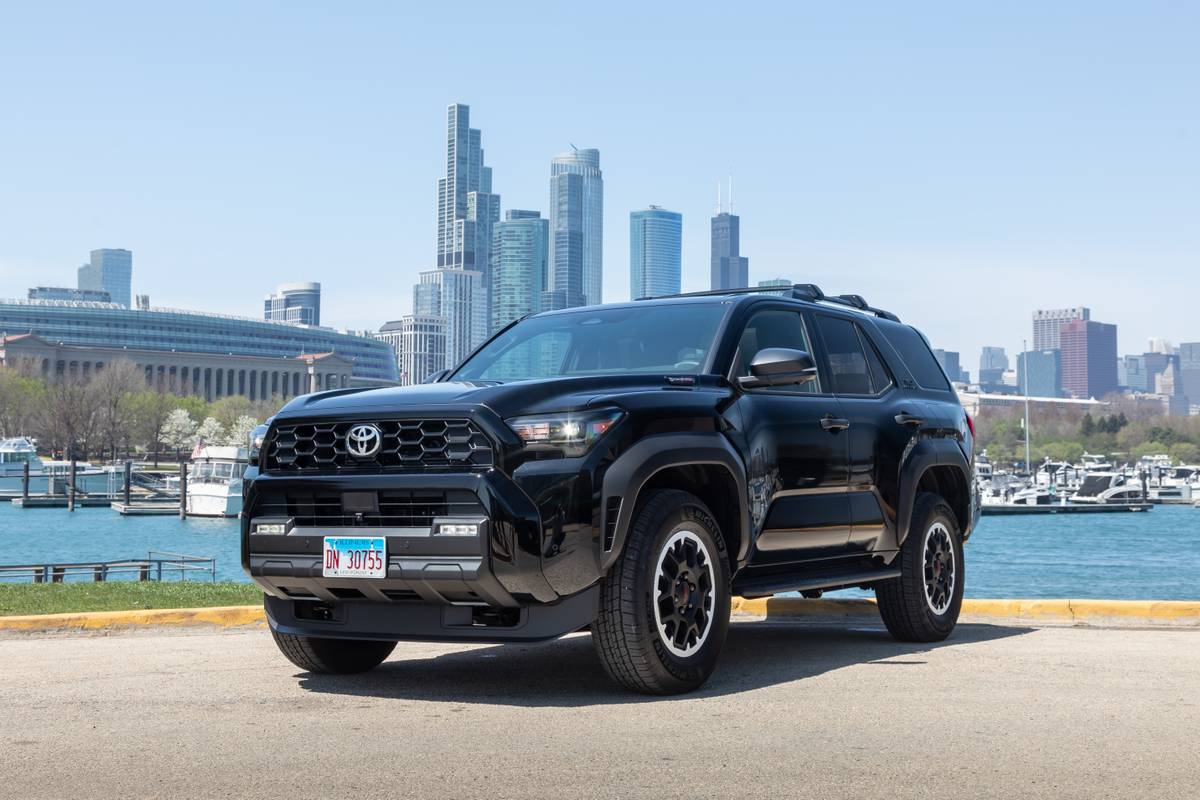IndyStar.com's view
The Ford Motor Co. kept on truckin’ right into Indianapolis last week.
Generally, there’s not too much that is exciting about a truck. But Ford put in its appearance at Allison Pointe with a pair of advanced-concept trucks. And one of the units, a SHO Ranger pickup, had more sex appeal than Madonna.
On the road for local viewing were the SHO and a Ranger Sport unit. The Ranger Sport was sort of macho vehicle designed specifically for water skiers.
What made the SHO so striking was it is reminiscent of the custom work seen in considerable numbers on the streets of Southern California. It makes local pickups look like derivatives of the covered wagon.
The low-slung Ranger’s styling theme is the result of a program between Ford’s Design Center in Dearborn, Mich., and the Art Center College of Design in Pasadena, Calif. Ford put this potent package together to explore the limits of the performance-truck market, with the truck being built in-house by a team of compact-truck engineers.
The Ranger Sport also was built by Ford engineers, with an outside facility called Carron & Co. being involved. The Michigan-based Carron organization is used on occasion by Ford for building its concept vehicles.
Ford has not yet decided whether to put the SHO Ranger into production. But Todd Kaho, head of Kaho Media, which is handling the tour for Ford, said, “There has been some talk of possibly going to an outside vendor and having a limited-edition built. It’s under consideration.”
The SHO Ranger looks like a super-slick Ranger with a ground-effects package. Its styling is clean and contemporary, with all body and trim parts painted a mono-tone white to lend a touch of European flair. A linear graphic treatment on the flanks gives extra flash to attract attention at stoplights, or just passing by on the street.
To achieve an eye-catching effect, the Ranger was lowered 4 inches in the front and 3 inches in the rear. Spring rates, shocks, and wheel-and-tire combinations are tuned for optimum traction and handling.
“I’ve driven the truck,” Kaho said. “The suspension has been very well worked out. The analogy is it handles like a sports car. It lies very flat in the corners with no body roll.”
The main attraction of the SHO pickup lies under the hood.
The four-cam, four-valves-per-cylinder V-6 comes right out of the engine bay of the Taurus SHO, and looks right at home in the Ranger’s bay. In stock form, the 3.0-liter (183-cubic-inch) V-6 produces 220 horsepower and 200 foot-pounds of torque.
With sculptured castings and intertwining unequal-length intake manifold runners, the V-6 is one of the most exotic-looking engines to be offered by a domestic manufacturer.
Because the Taurus SHO is a front-wheel-drive platform and the Ranger is a rear-wheel-drive pickup, the engine installation took some innovative engineering.
Lying in the Taurus’ engine bay, the V-6 is a transverse-mounted sidewinder. To adapt the engine to a rear-driving axle, it wa s necessary to turn the engine longitudinally and fabricate special engine and transmission mounts, and accessory drive hardware.
The engine fits in the bay quite nicely, and hooks up to a Mustang five-speed manual transmission. An 8.8-inch rear axle with 3.73-to-1 gearing has been installed to handle the extra horsepower and torque from the V-6.
A 3.73 rear-end gear is a moderately low ratio, and gives the pickup some real off-the-line dig.
“It’s very quick,” Kaho said. “The V-6 is a high-revving engine. Once above about 2,500 rpm, it starts to pull very hard.”
The engineering team decided to leave well enough alone inside the SHO. Only minor modifications have been made.
The instrument cluster has been updated with a 140-mph speedometer, and an 8,000-rpm tachometer to accommodate the higher speed range of the double-overhead-cam (per bank) V-6. Two large temperatures gauges are mounted in a panel below the climate controls to monitor engine functions.
The pickup is a quit e interesting study of what can be done with off-the-shelf factory parts, a factor that should exert a major influence if the truck ever is offered as a limited-production unit.
“I’ve made some inquiries about cost,” Kaho said, “and they don’t even want to estimate. Anything you would come up with would be pure speculation.”
With the personal-use segment of the light-truck market flourishing, consumers are looking increasingly at trucks that make a statement. Ford’s SHO Ranger speaks loud and clear with words that say, “Drive me and live a little.”
Latest news



